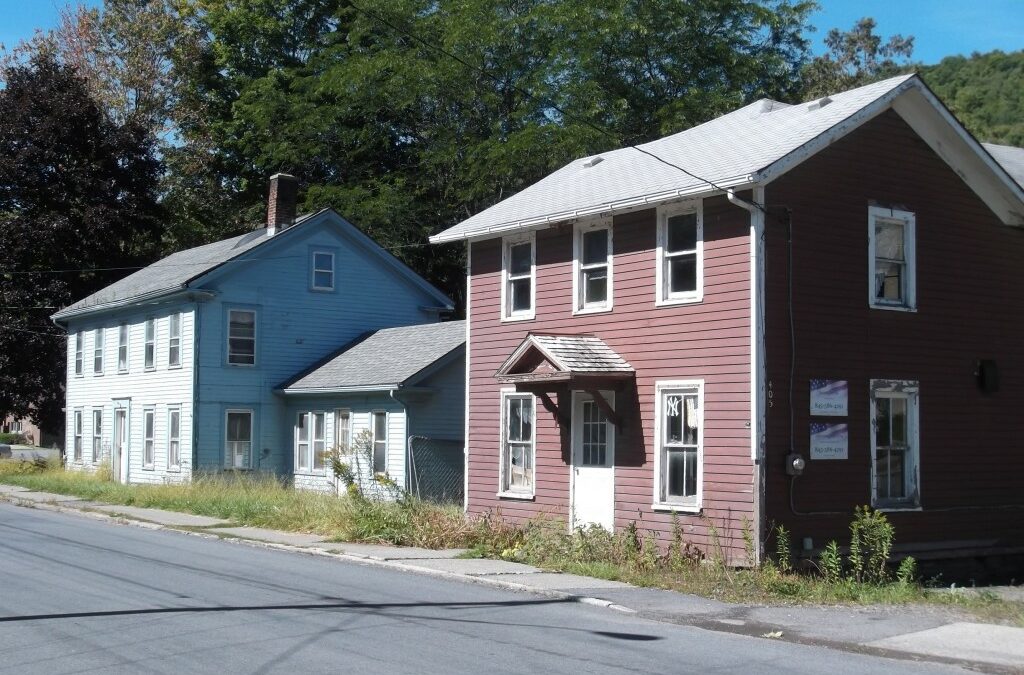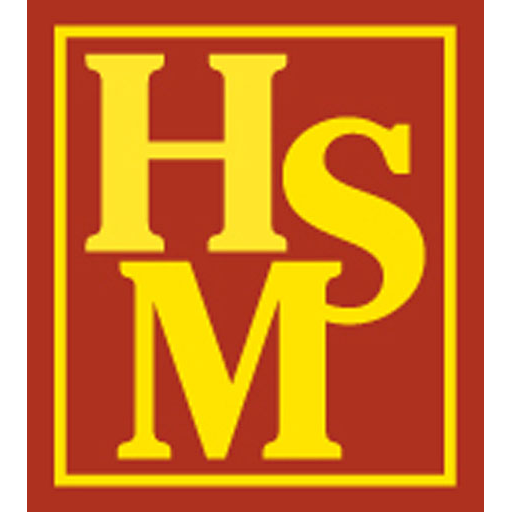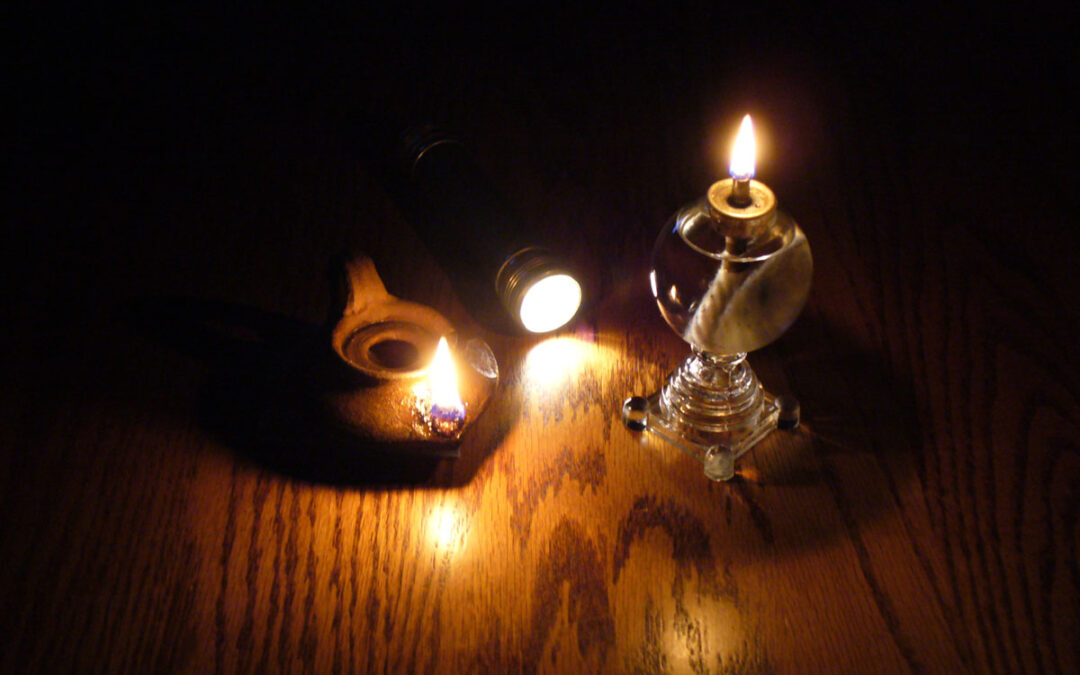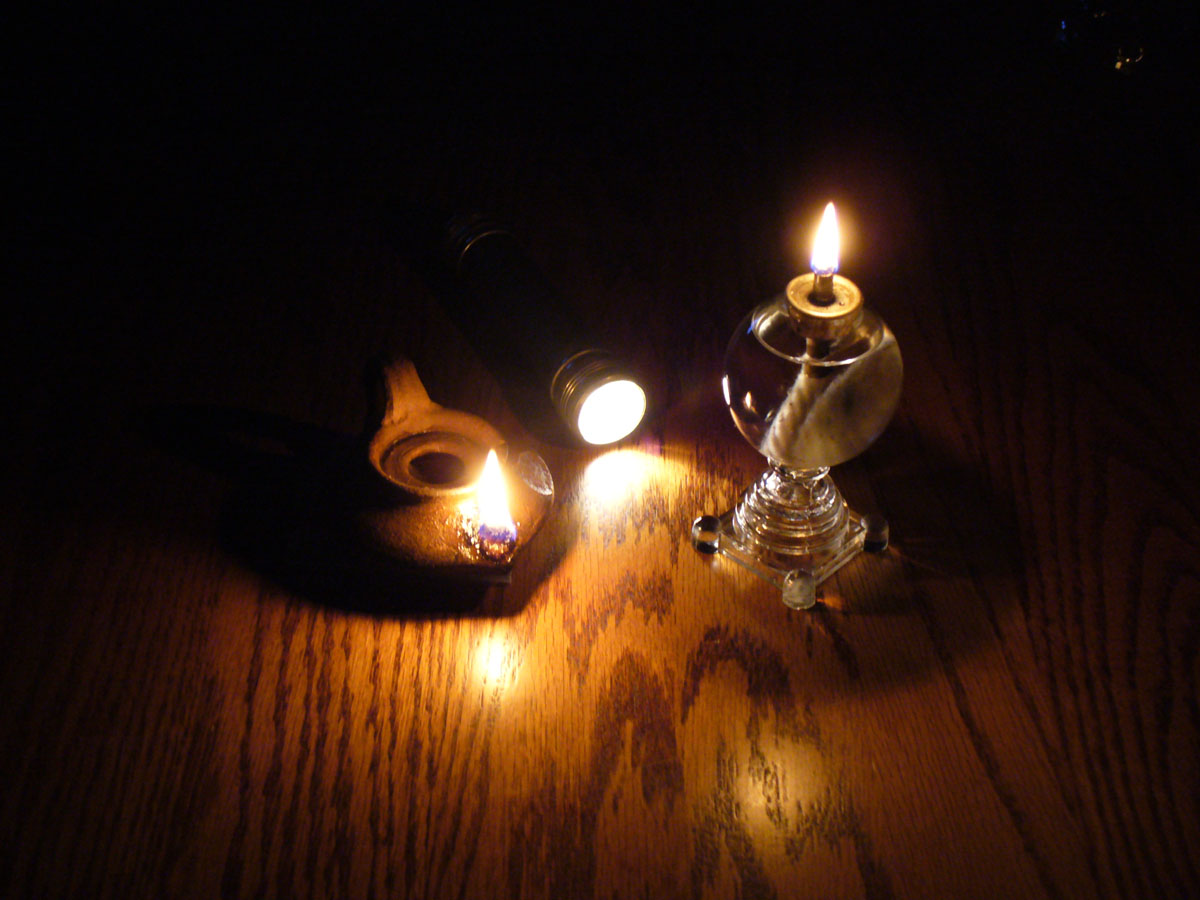
Who lived here?
The flood buyout program that has cleared at least two dozen lots on Margaretville’s Main Street and contiguous streets in the last 15 years has claimed another historic property, including the brown house in this photo, located between Margaretville Central School and the Dollar General Store. These two buildings may have belonged to the Osterhoudt family, carpenters and harness makers.
The 1869 Beers Atlas of Delaware County shows a carriage and harness shop at this location, with J. C. Osterhoudt and E. I. Osterhoudt occupying homes to the west. An old house that was earlier removed to make way for the Dollar General store may have been the third building on this parcel.

Did the Osterhoudts live here?
In the 1850 through 1865 Middletown census, Elias J. Osterhoudt was a harness maker living here with wife Margaret and son John. Both men were shown as harness makers. Their neighbors during that period were harness maker Daniel Tompkins, German-born wagon maker George Biehler as well as six farmers, a lawyer, two tanners, a shoe merchant, shoe maker, a carpenter, and an inn keeper (William O’Connor, who ran the Riverside Hotel, where MCS stands today.)
The 1870, 1875 and 1880 census records show John Osterhoudt, harness maker, with wife Eliza and a short-lived daughter, Alvaretta, who was one year old in 1870 but does not appear again. Eliza’s father, William Edson, a carpenter, lived with John and Eliza in 1875 and 1880.
(Brothers William, Henry and Alvin Edson were Civil War veterans.)
Exactly what happened to the Edsons and the Osterhoudts after 1880 is shrouded in history.
We know that John C. Osterhoudt was town clerk in 1867. And a David Osterhoudt (1806-76) and his wife Christina Clum (1809-1895) are buried in the Margaretville Cemetery.
If you have any information on these folks, we’d love to hear from you!





